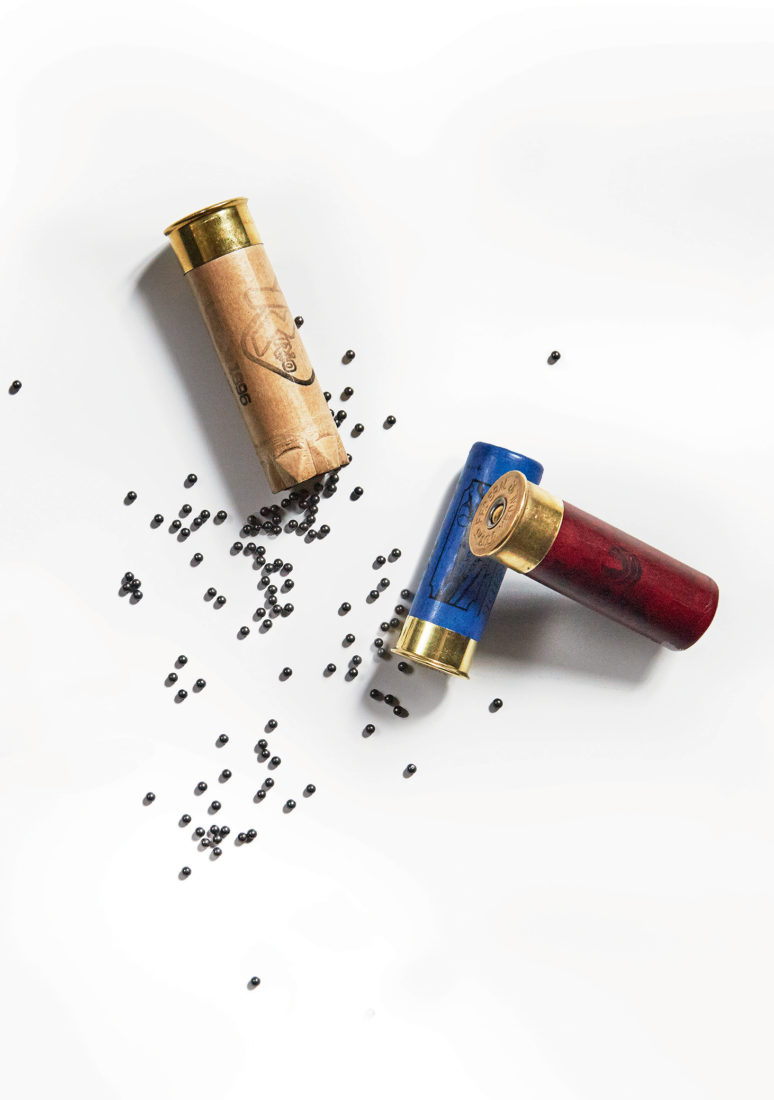Spend a morning shooting a box or two of paper shotgun shells, and one of the first things you’ll probably notice is the smell. That particular aroma, something like a combination of toasted walnuts and burnt wax, can inspire fond memories among those who grew up in an era when shotgun shells made with paper casings were the standard.
Just ask Kevin Kelly, the owner of Kevin’s Fine Outdoor Gear and Apparel in the bobwhite quail capital of Thomasville, Georgia. As a boy, Kelly received his first shotgun for Christmas in 1957, a .410 Winchester Model 37 that came with a box of Winchester Super X paper shells. That morning he was soon pinging cans in the backyard, and he can still vividly recall the spent shells’ fragrance. “They had a sweet smell,” he says, “unlike plastic shells of today.”
First introduced in the late 1870s as a lower-cost and lighter alternative to brass, paper shells, coated with wax for water resistance, remained widespread until the introduction of plastic in the early 1960s. But the old shells never died out completely. Companies such as RST in Friendsville, Pennsylvania, cater to paper-shell aficionados, offering options in a range of gauges, including some with #6 shot for ring-necked pheasant. And interest has remained strong enough that even large manufacturers have rolled out new versions as of late. Last year, Federal revamped its Gold Medal Grand Paper brand, and Rio introduced its line of Vintage 1896 Paper shells.
“For the older demographic, paper shells are nostalgic,” says Bryan R. Bornes, Rio’s sales director. “And younger shooters say, ‘Wow, those are really cool.’”
Nostalgia aside, there are other reasons that paper persists. The shells have maintained a following in the skeet and trap world because the softer hulls can feel more recoil friendly than plastic in high-volume tournament shoots. (Both Federal and Rio market their lines toward target shooters.) And as environmental concerns about plastic continue to grow, paper shells may well be poised for an even bigger future.
“Despite everybody’s best efforts to pick up plastic hulls, in the heat of the moment they get left behind,” says Bill Palmer, the president and CEO of the habitat conservation and quail research group Tall Timbers, in Tallahassee, Florida. “I’m pretty confident that with more biodegradable products, more hunters who are conservationists would lean toward using paper shells, especially around water.”
Still, there are some headwinds to wider use. Producing a paper shell is a more time-consuming process than plastic. At Federal, for instance, creating the casings takes about ten days, with cutting, gluing, waxing, and curing (a plastic shell can be stamped out on an assembly line in about five minutes). And depending on the manufacturer, the shells can run as much as twice the price of typical basic target loads. In addition, consider the wax coating weather resistant rather than weatherproof since the hulls can swell slightly when wet, which can cause jams cycling through semiautomatics.
So how do paper shells shoot? After testing out a box of Rio’s 12-gauge Vintage 1896 shells at a sporting clays course, I was impressed at how strongly they performed. The one-ounce loads of #8 shot seemed to pattern surprisingly well, powdering high-flying targets with authority. In other words, “Pull!” And don’t forget to take a whiff.








